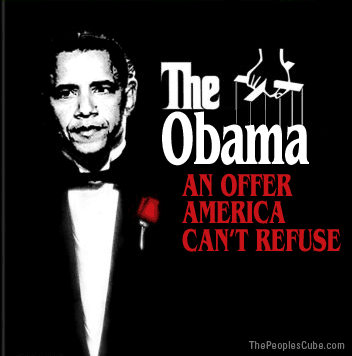Today, Milwaukee Bucks owner Herb Kohl announced the sale of the Milwaukee Bucks to hedge-fund managers Wesley Edens and Marc Lasry for $550 million pending NBA approval, with the proviso that the team stay in Milwaukee and not become, potentially, the next incarnation of the Seattle Sonics. The three also announced that they would kick in a total of $200 million toward a replacement for the BMO Harris Bradley Center; $100 million from the new owners and $100 million from the old owner.
On the sports end of the story, hopefully the new owners will put a competitve product out on the court more often than once every 6 years (which, not exactly coincidentally, was inevitably the year Kohl was up for re-election ot the Senate).
The word is that a new arena will cost somewhere north of $500 million. I know Wikipedia is less than fully-reliable, but I went through the entries for the 14 aremas built for existing franchises that opened since 1997, and only the newest arena, the Barclays Center in Brooklyn, came in at over $500 million when it was built. That $1 billion cost shattered the previous record of $480 million for Orlando’s Amway Center, which was built in 2010, and $420 million for Dallas’ American Airlines Center, which was built in 2001.
Even when adjusting for inflation, only 4 modern arenas came in at over $500 million – the Barclays Center ($1.03 billion in 2014 dollars), the American Airlines Center ($559 million in 2014 dollars), Los Angeles’ Staples Center (opened in 1999 for $375 million, or $531 million in 2014 dollars), and the Amway Center ($514 million in 2014 dollars). The average inflation-adjusted cost of the modern NBA arena, including the Barclays Center, was just under $400 million, with that dropping to $351 million if one ignores the New York Bloat.
I have to wonder whether Milwaukee is ready to shell out for the second-most-expensive arena in the NBA. Milwaukee County Executive Chris Abele, just interviewed on the Mark Belling Show, said that he had not heard any solid plans for financing a new arena. Given the most-likely sites of the former Park East freeway just north of the Bradley Center and the lakefront (which are the parts of downtown without any buildings) are county-owned land, one would expect Abele to be in the loop.
Belling is spitballing the idea that it would be privately owned. There’s a world’s worth of difference between $200 million and $500 million, or even $351 million if the historical average holds. Naming rights wouldn’t cover it – not even the record-setting purchase by Barclays for the Brooklyn arena would cover the $300 million spread. Worse, while other sports venues have worked aignificant money out of naming rights, the Bradley Center board hasn’t been nearly as successful. The entire Bradley Center corporate sponsorship package was revealed to be a mere $18 million over 6 years when BMO Harris bought the naming rights 2 years ago.
The $550 million, plus another $100 million committment toward a new arena, is an amazing price, considering Forbes valued the franchise at $405 million just three months ago. Even though there was reportedly a 9-group bidding war, that does not explain that much of a premium given the no-move proviso. Given all three principals are big-time Democrats (Kohl a Democrat as a Senator, Edens and Lasry as massive, active donors to Democrats), someone might want to keep an eye on Kohl’s still-active Senate campaign committee.
Revisions/extensions (5:18 pm 4/16/2014) – The total $650 million (including the $100 million new arena committment) sale price shatters the previous record sale price of an NBA team – the $513 million sale of the Sacramento Kings and their equally-ancient arena, the Sleep Train Arena, last year.

